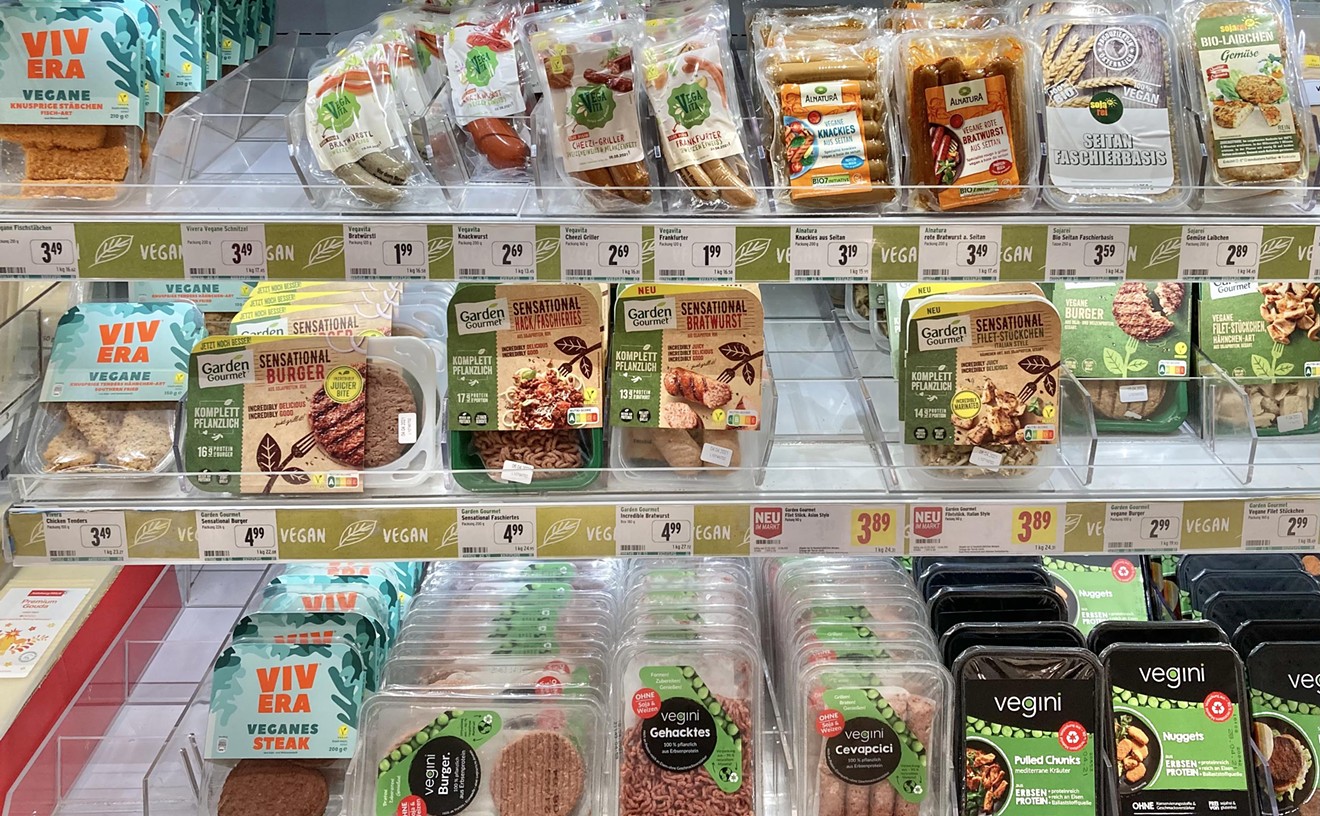Lori Hashimoto Hana Japanese Eatery 5524 N. Seventh Avenue 602-973-1238 www.hanajapaneseeatery.com
This is part two of my interview with Lori Hashimoto, co-owner and sushi chef at Hana Japanese Eatery. In case you missed it, you can read part one of my interview with Lori Hashimoto of Hana Japanese Eatery, which ran yesterday.
Favorite Metro Phoenix restaurants other than your own: FnB, Binkley's, Posh, Citizen Public House and Café Ga Hyang
Which chef (local or national) do you most admire & why: Charleen Badman of FnB. Her cooking is so soulful and reflects so many different influences. That woman has so much energy! When she's not doing something for one of her restaurants, she's doing something for the community. I like that she has so much drive.
What do you wish every customer understood about sushi: Its beautiful simplicity. Don't put a ton of wasabi and shoyu [soy sauce] on it. Let the ingredients shine.
What do you wish every customer understood about Japanese food: That Japanese food is very subtle. Flavors come in layers -- a little salt, a little bitter, a little sour, a little sweet. You get all the tastes on your tongue. But Americans mistake subtlety for blandness. I also wish people understood the Japanese rules for plating. It's elegant -- an art form, not a selling point. What we're doing is giving respect and appreciation to the food. My mother sings and talks to the rice when she makes it every day, and no one makes it as well as my mother.
How is being a woman sushi chef different from being a man sushi chef: Why are tall people paid more? There's no difference between a man and a woman sushi chef except that women have an elevated body temperature. Their hands are too hot to make sushi. That's always been the reasoning for no women behind the sushi bar. But I'm an intelligent woman and I can make adjustments. Hands should never be all over the fish anyway. There's a saying, "one touch too much," meaning don't over-handle the food. I see novice sushi chefs holding and pressing, pressing, pressing the nigiri and I want to say, "stop!"
Describe sushi culture and values: Four words -- stringent, respectful, humble and ganbatte (a word of encouragement that means "keep going despite difficulties"). If you don't have that, you're never going to make it.
What makes a good sushi chef: attention to detail, patience and passion. Plating takes a lot of patience. Presentations are spatial. Everything is focused on the middle of the plate and that's where everything should be mountainous. The ends of the plate should be wide and open. I've been eating American food my whole life, but now I see the plate as a landscape.
You mentioned humility before: Yeah, you don't ever say, "I got it!" There's always more to learn. You're always in the middle, saying, "I'm really not that good." That's the Japanese way. You stick out a little bit and someone's there to nail you back down.
How is American sushi different from Japanese sushi: American sushi is given accolades for creativity. Japanese sushi is given accolades for simplicity. They couldn't be farther from each other. Traditional Japanese sushi doesn't show a lack of creativity. It's just supposed to be a certain way -- no jalapenos or cilantro or cream cheese. How has sushi changed in the past 20 years: Well, of course, there's less variety now. So many things have been fished out. And I hate seeing 15 packages of rainbow rolls at the grocery store. We have less fish available because of sushi's commercialization. There's also less understanding of technique. Nobody buys whole fish anymore. Now everything is frozen and pre-cut. It doesn't have the same taste or texture. All the sauces and non-traditional ingredients are trying to make up for lack of technique and taste.
How do you evaluate sushi: The fish should be firm but still buttery. It shouldn't be mushy or collapse in your mouth. It should be chilled to about 50-60 degrees. Too cold and the oils are not released. Sushi rice should be body temperature, and the grains should be separate, not too mushy or sticky.
How do you feel about celebrity chefs on TV: As long as they're keeping it real and accurately portraying what the industry is all about, that's okay. Don't make it a fantasyland for people. Chefs yell. People cut the tips of their fingers off. That's what life is like in the kitchen. I still love Anthony Bourdain. The best thing these guys can do is to educate us about food. It's not about "I'm the top."
What would you like to tell customers but never do: Stop dipping your rice in the soy. And put the fish side on your tongue, not the rice. Then you get the oil from the fish first, followed by the sweetness of the rice.
See part one of the interview with Lori Hashimoto of Hana Japanese Eatery










